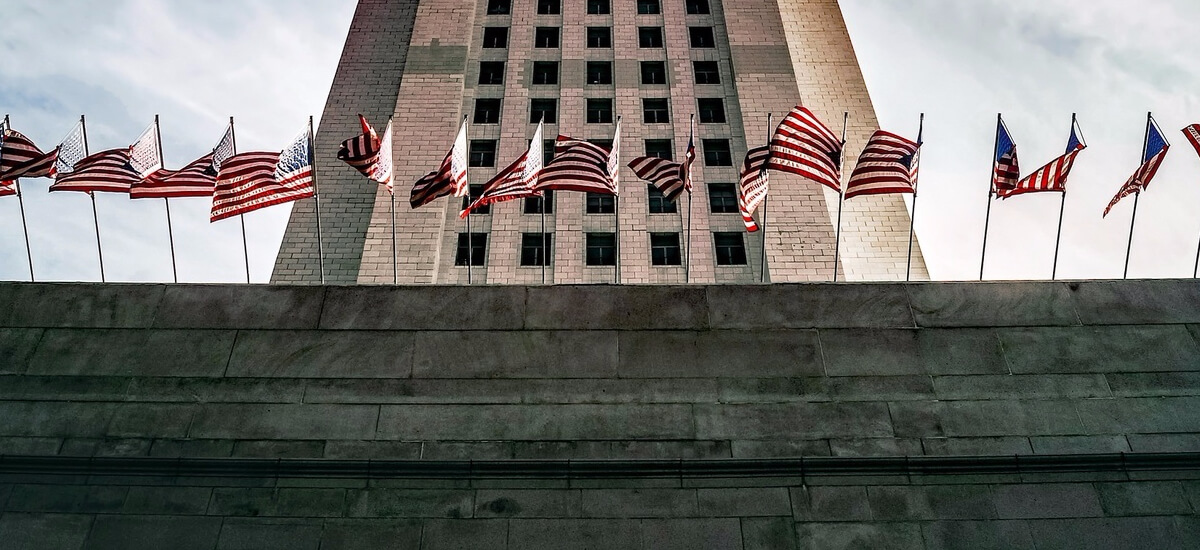Take, for example, the 2016 U.S. election campaign. Watch: https://t.co/ioDPZs6O44 pic.twitter.com/fjKEkQEmOv — Donald J. Trump (@realDonaldTrump) November 7, 2016 Unlike past campaigns, where face-to-face appearances drove the campaign trail, social media has effectively helped both candidates reach audiences across the nation at all times. Be part of this: https://t.co/jfd3CXu1CS pic.twitter.com/xtgepmGJvA — Hillary Clinton (@HillaryClinton) November 7, 2016 Accurate poll forecasting via social media As election day drew near, many polls posited Hillary as the decisive winner. Crisis communications Social media has also transformed how government organizations communicate during an emergency. Specifically, officials needed a communication means to: Ensure the safe evacuation of close to 100,000 residents down limited highway corridors Connect evacuated civilians with emergency relief resources Provide up-to-date information to evacuated residents on the city’s emergency and status of homes within the fire-zone In response, authorities at the Federal, Provincial and Municipal levels of government turned to social media. — RMWB (@RMWoodBuffalo) May 6, 2016 Other government authorities, such as Alberta’s Premier, Rachel Notley, the province’s health authority, and the Government of Alberta all frequently communicated with the public via Twitter. — RMWB (@RMWoodBuffalo) May 6, 2016 Nearby municipalities, like the City of Calgary, also regularly informed displaced citizens on the status of relief shelters and resources through Twitter. The use of social media platforms, for example, are a great way to manage a social strategy across multiple internal teams without the risk associated with disorganized efforts. For any government body wanting to capture and maintain public sentiment and engagement, embracing the new era of social media discourse is critical. Governments and agencies can use Hootsuite to better inform and engage with citizens.

Social media has been revolutionizing the way we communicate for years now. No longer is it a niche corner of the web reserved for early adopters and meme enthusiasts. Today, everyone from big brands to health care authorities are using social to bolster their profile through public engagement. And increasingly, that trend is also shifting the flow of discourse between government bodies and the public.
With 2.5 billion users, social media is now the dominant arena for global communications. Naturally then, social has also become one of the public’s favorite forums for engaging in government and public issues—the allure of which are many fold. Immediate and transparent, social media has provided the public with greater control, participation, and influence over governmental issues and initiatives.
From small municipal matters to sweeping revolutionary movements, social media is now very much the de facto voice of democracy. And with or without public sector engagement, citizens around the world are continuing to express freely their opinions towards the governmental issues that surround them. For governments of all levels, attention to this shift is critical.
In this post, we’ll look at several of the key benefits that social media in government can achieve—including social’s role in awareness building and during times of crisis. We’ll also explore some of the challenges of using social media in government and offer solutions for mitigating those risks.
The benefits of using social media in government
Building campaign and cause awareness
From the passing of new legislation to large campaigns, government success very much hinges on the swaying and control of public opinion.
To influence public conversation, governments must now actively participate in that conversation. In today’s digital world, that conversation is on social media.
And many policymakers are now taking notice of this trend. In a 2015 social media study commissioned by the American Congressional Management Foundation, 76 percent of American policymakers reported social media enabled them to have more meaningful interactions with their constituents.
Nowhere is this more evident than in the high-stakes game of contemporary political elections. Take, for example, the 2016 U.S. election campaign. Spanning some 24 months, the election was unprecedented in its active use of social media as a campaign tool. Utilized by politicians, pundits, and citizens, social media quickly became the visible battleground of the campaign trail.
Frontrunners Hillary Clinton and Donald Trump both prioritized social media as a primary means for engaging the public. Throughout the election, the candidates used social media to rally public sentiment and support for their campaigns. While their approaches were as divergent as their campaigns, both effectively rallied supporters through the use of targeted and concise social media messaging.
At times astute, at times fluctuating between the scandalous and asinine, the course of the 2016 election was undeniably influenced by social media.
For Clinton, social media helped to quickly connect with Democratic hearts concerned with issues facing women, ethnic and gender minorities.
“This election is about you…
your dreams,
your aspirations,
your hopes,
your family,
your community.” —Hillaryhttps://t.co/3TKJ4H68Kz— Hillary Clinton (@HillaryClinton) November 7, 2016
Meanwhile, Trump used social to tap into the nostalgia of America’s disenfranchised working class — frequently sharing tweets to champion their cause.
Our American comeback story begins 11/8/16. Together, we will MAKE AMERICA SAFE & GREAT again for everyone! Watch: https://t.co/ioDPZs6O44 pic.twitter.com/fjKEkQEmOv
— Donald J. Trump (@realDonaldTrump) November 7, 2016
Unlike past campaigns, where face-to-face appearances drove the campaign trail, social media has effectively helped both candidates reach audiences across the nation at all times. Throughout the campaign Clinton and Trump directly targeted constituents through social media, thereby expanding their reach regardless of their actual physical location.
Thank you Minnesota! It is time to #DrainTheSwamp & #MAGA! #ICYMI– watch: https://t.co/fVThC7yIL6 pic.twitter.com/e8SaXiJrxj
— Donald J. Trump (@realDonaldTrump) November 6, 2016
Latino voters will have a powerful impact on this election—and are already showing record turnout. Be part of this: https://t.co/jfd3CXu1CS pic.twitter.com/xtgepmGJvA
— Hillary Clinton (@HillaryClinton) November 7, 2016
Accurate poll forecasting via social media
As election day drew near, many polls posited Hillary as the decisive winner. But as history has since…

COMMENTS